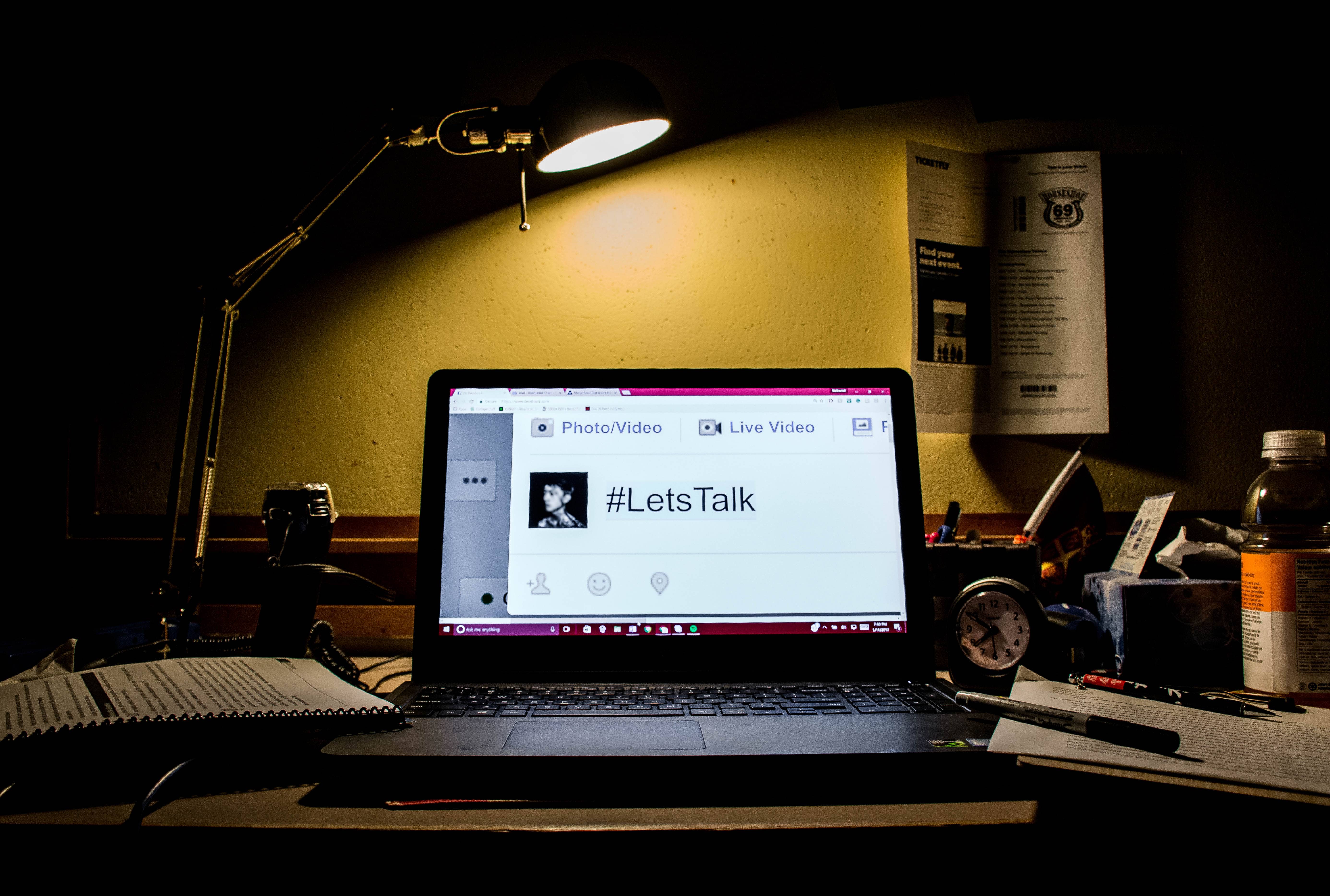I was in grade one when I had my first panic attack. The bell rang for recess, and I was unsuccessful in my attempts to locate my new winter hat. My friends said I could find it afterwards, but it was a cold Ottawa winter, and my mother would not be happy if I showed up that evening without it.
I started to cry, as children often do when in distress, but it felt different. Hyperventilating, I sobbed out disjointed sentences attempting to appeal to anyone who could help me. I remember the severity of the pain in my chest, the solid wedge of fear sitting on my lungs, crushing my sternum, making every breath more laborious. I thought I was dying.
Even after my hat was found, my body had not caught up to what should have been immediate relief. I stayed inside that recess with a juice box in hand brought to me by my beloved teacher, and she gently rubbed circles on my back. That became something of a regular occurrence — missing recess, having juice boxes, and crying until it felt like my lungs would explode.
It took 10 years before I learned that there was even a word for that experience, and another four before I was formally diagnosed.
Bell Let’s Talk was introduced in 2010 as a method of encouraging Canadians to speak more openly about mental health. Though the campaign has successfully raised $79.9 million to date in support of mental health programs, it lacks the ability to meaningfully impact the stigma ascribed to mental illness. No matter how many hashtags people attach to tweets and photos, the unspoken connotations of mental illness permeate our society. In fact, the social media outlets that procure visibility for the Bell Let’s Talk initiative also prevent the message itself from being taken as seriously as it ought to be.
[pullquote-features]No matter how many hashtags people attach to tweets and photos, the unspoken connotations of mental illness permeate our society.[/pullquote-features]
As Marshall McLuhan argued, the way the masses perceive a message or text is inherently shaped by the manner in which they receive it. Though social media allows people from all over the world to access information at a remarkable rate, it also fundamentally trivializes the content they are consuming.
As relevant as apps like Twitter, Instagram, and Snapchat are to our culture, they are not the media that I would have chosen to elaborate on my own struggles with mental illness. For example, I would not have tweeted about the time before a Calculus midterm when my panic disorder grew so intense that, on the way to the bus stop, I hallucinated that the cars, cement, and grass were above me, and the clouds and sky were at my feet. Twitter is meant to be consumed in bursts; quick bullets of information that are as easily digestible as they are forgotten.
The Bell Let’s Talk initiative focuses on reducing stigma and increasing momentum for mental health research in the years to come. However, tweets cannot do justice to human experiences; this is especially so when it comes to the implications of mental illness.
In this regard, a number of scholarly and journalistic resources have more meaningfully addressed this topic. Take, for example, the research published by Angela M. Parcesepe and Leopoldo J. Cabassa on the stigma and criminalization of mentally ill people, or Rachel Hallett’s piece in The Guardian detailing the associations between mental illness and guilt. These pieces are thoroughly researched and convey nuance that could never be captured by a tweet.
Furthermore, Bell Let’s Talk fails to capture the unwavering nature of mental illness by shining the spotlight on it during one day out of the year, without encouraging more consistent discussion beyond its parameters. This suggests that being mentally unwell is an identity that can be put on and taken off at will — which could not be further from the truth.
The consequence of isolating mental health discourse to one day, for many, is to attempt to express their most severe experiences first, just to validate their illness. If given one moment to speak of my depression, I would probably first cite the summer after my first year of university when I could not leave the house, shower, eat, or speak to anyone. Yet this hardly captures the whole picture of my experience; to this day, I set a 30-minute alarm during crying jags to maintain my illusion of being a functional, productive human being.
Finally, Bell Let’s Talk reflects the idea that, too often, society begs for the end result without putting in the work. For those who do not understand the reality of mental illness, snippets shared through social media will not fill in those blanks as effectively as doing one’s own research. Simply skimming tweets punctuated with “#BellLetsTalk” hardly constitutes the learning that is needed to make informed assessments and critiques.
Even those with mental illnesses are only able to truly understand their own; I could write pages upon pages about panic disorder or depression but would not know where to begin if the subject were bipolar disorder or schizophrenia. Society cannot continue to fool itself into thinking that such complex and life-altering illnesses can be explained trivially. There is no way to learn about mental illness as a passive observer: research, reading, and open dialogue is necessary — and this should take place year-round.
Bell Let’s Talk attempts to even the playing field and fill in the gaps in our collective knowledge, but the attempt is ultimately misguided and weak. With a true desire to understand where mental illness comes from and how to accommodate it, there is absolutely no reason that we cannot do better.
Jenisse Minott is a second-year student at UTM studying Communications, Culture, Information, and Technology. Her column appears monthly.


